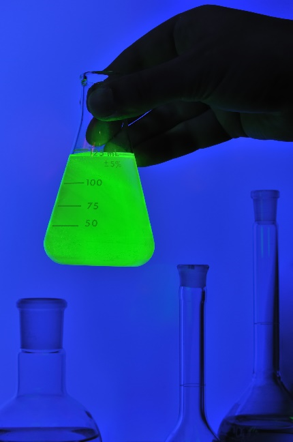当今最有效、最有价值的新治疗产品是生物制剂,包括肽、蛋白质和抗体药物偶联物(ADC),以及细胞、细胞衍生产品和基因疗法。其中许多产品容易受到过氧化氢的氧化而失效,假设灭菌后的曝气已经结束,而过氧化氢仍可能存在于无菌加工设备中。对于第一代产品来说,低至 100 ppb 的过氧化氢就会造成其失效。对于最新的产品,已证明过氧化氢在 30 ppb 时就会导致失效。
这些产品的生产商有责任确定配方的氧化敏感性,确定允许的残留过氧化氢暴露上限,并确保隔离器或其他无菌加工设备的环境绝不会使产品暴露于超过该阈值的水平。

在曝气过程中和曝气后,有三种方法可以测量低至 ppb 水平的残留过氧化氢。实际上,第一种方法不能算作是测量--它只是依赖于最初设计净化和曝气程序的人,通常是无菌加工设备的供应商。根据您的要求,他们可能已经做了充分的调查,曝气阶段可能已经足够。但这种方法有两个大问题。首先,您如何确保在实际操作(包括可能的停工)、长时间或重复操作期间,不会有某些表面吸附的过氧化氢释放出来?如果您需要选择或者更改隔离器内的程序或相关设备,该怎么办?您有办法重新验证曝气过程吗?第二个问题是,您的无菌加工设备供应商知道需要考虑测试和实际使用中的差异,因此会设计一个非常保守(即较长)的曝气阶段,作为整个循环的一部分。这意味着您在浪费时间--您本可以将时间用于生产,而不是无谓地等待。

测量残留过氧化物的第二种方法是一种称为辣根过氧化物酶测定的湿化学技术。这是一种广泛使用的技术,具有极高的灵敏度,尤其是在与荧光或化学发光检测相结合时。它还能对固体表面(使用抹布收集)、液体或气体(通过鼓泡法收集)中的过氧化氢进行定量测量。不过,这种方法效率较低,不是快速实时的,需要一定的化学专业知识才能成功实施,而且每次测量都要使用耗材和容器进行处理,因此不适合无尘室环境。它对于材料的吸附研究和液体制剂的溶解研究来说非常有用。 与手动操作相比,有一种自动化系统可以提高检测效率,但它并不能消除对冷藏液体试剂和化学专业知识的要求。此外,它还需要频繁校准。
测量残留过氧化氢的第三种方法也是最佳方法是使用 Picarro PI2114 过氧化氢分析仪。可以快速、连续地测量气体中低至3.3 ppb 的过氧化氢--这正是无菌过程中过氧化氢与产品的相互作用。直接测量过氧化氢在近红外中的光吸收,因此不需要化学试剂或其他耗材。可以长时间(长达数月)运行,无需维护或重新校准。安装和配置完成后,它会产生一个与过氧化氢浓度成比例的“类似传感器式”连续模拟输出,大多数 SCADA 系统都能读取,从而最大程度地减少了对操作员 SOP 的需求。 在安装和维护过程中,全套合规功能实现了在 GMP 环境中所需的数据完整性、用户角色和审计跟踪。

事实上,大多数大型无菌加工设备制造商都使用 Picarro 过氧化氢分析仪来测试和验证他们的材料和设计,包括他们随设备一起提供的净化和曝气工艺。考虑到您的治疗性生物制品事关重大,在曝气和操作过程中持续监测残留过氧化氢水平不是很有意义吗?有了 PI2114,您就可以做到。
作者:Picarro高级产品经理 Tom Doherty

